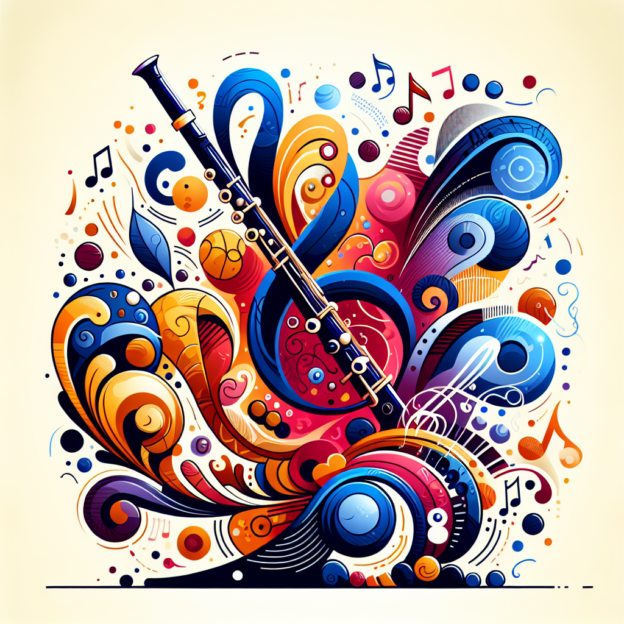The B Augmented Scale is often overlooked in the world of clarinet playing, yet it holds a special place in the development of musical expression. This scale, often defined as an augmented scale, comprises two augmented triads and allows for the creation of a distinctive sound. Many clarinet enthusiasts wonder about the historical significance of the B Augmented Scale in clarinet music. Let's explore this fascinating topic!

Clarinet Fingering Charts are always FREE at MartinFreres.net!
A Brief History of the B Augmented Scale
The B Augmented Scale has been a part of composers' toolkits for over a century. It gained popularity during the 20th century when musicians were looking for new ways to express themselves beyond traditional harmonic progressions. This scale acts as a bridge between classical and modern music, allowing clarinetists to add a contemporary touch to their pieces.
Key Characteristics of the B Augmented Scale
One of the most interesting features of the B Augmented Scale is its symmetrical structure. It alternates between whole and half steps, creating an unexpected and striking melodic pattern. When played on the clarinet, this scale can evoke a range of emotions, from tension to resolution. Imagine how film composers use this scale to heighten moments of suspense or transformation in their scores.
| Characteristic | Description |
|---|---|
| Structure | Symmetrical, alternating whole and half steps |
| Emotional Range | From tension to resolution |
| Application | Classical, modern, film scores |
Notable Composers Who Used the B Augmented Scale
Several renowned composers have incorporated the B Augmented Scale into their works:
- Igor Stravinsky: In pieces like ‘The Rite of Spring,' Stravinsky used the augmented scale to create a sense of ritual and move beyond traditional tonalities.
- Béla Bartók: Bartók employed the B Augmented Scale in various folk-inspired works, creating a unique sound that bridges Eastern and Western musical traditions.
Benefits for Clarinetists
Learning the B Augmented Scale offers numerous advantages for clarinetists:
- Enhances technical ability
- Sharpens musical creativity
- Provides a unique tool for improvisation
- Elevates performances in various settings, from jazz ensembles to solo recitals
Modern Applications of the B Augmented Scale
Contemporary composers are rediscovering the potential of scales like the B Augmented Scale to create fresh soundscapes. As a clarinetist, it's beneficial to incorporate such scales into your repertoire. Consider exploring how different genres use this scale, from jazz improvisation to film scoring.
The Emotional Impact of the B Augmented Scale
Experiment with the B Augmented Scale to discover how it can influence the mood of a piece. Whether you're aiming for an upbeat or introspective tone, this scale can guide your artistic expression in new and exciting ways.
Conclusion
The B Augmented Scale has a rich and varied history in music. Its relationship with the clarinet continues to evolve, highlighting its ongoing importance in contemporary music. Next time you practice or perform, try incorporating the B Augmented Scale. It might just inspire you to create new sounds and expand your musical horizons!
Table of Contents
- A Brief History of the B Augmented Scale
- Key Characteristics of the B Augmented Scale
- Notable Composers Who Used the B Augmented Scale
- Benefits for Clarinetists
- Modern Applications of the B Augmented Scale
- The Emotional Impact of the B Augmented Scale
- Conclusion








